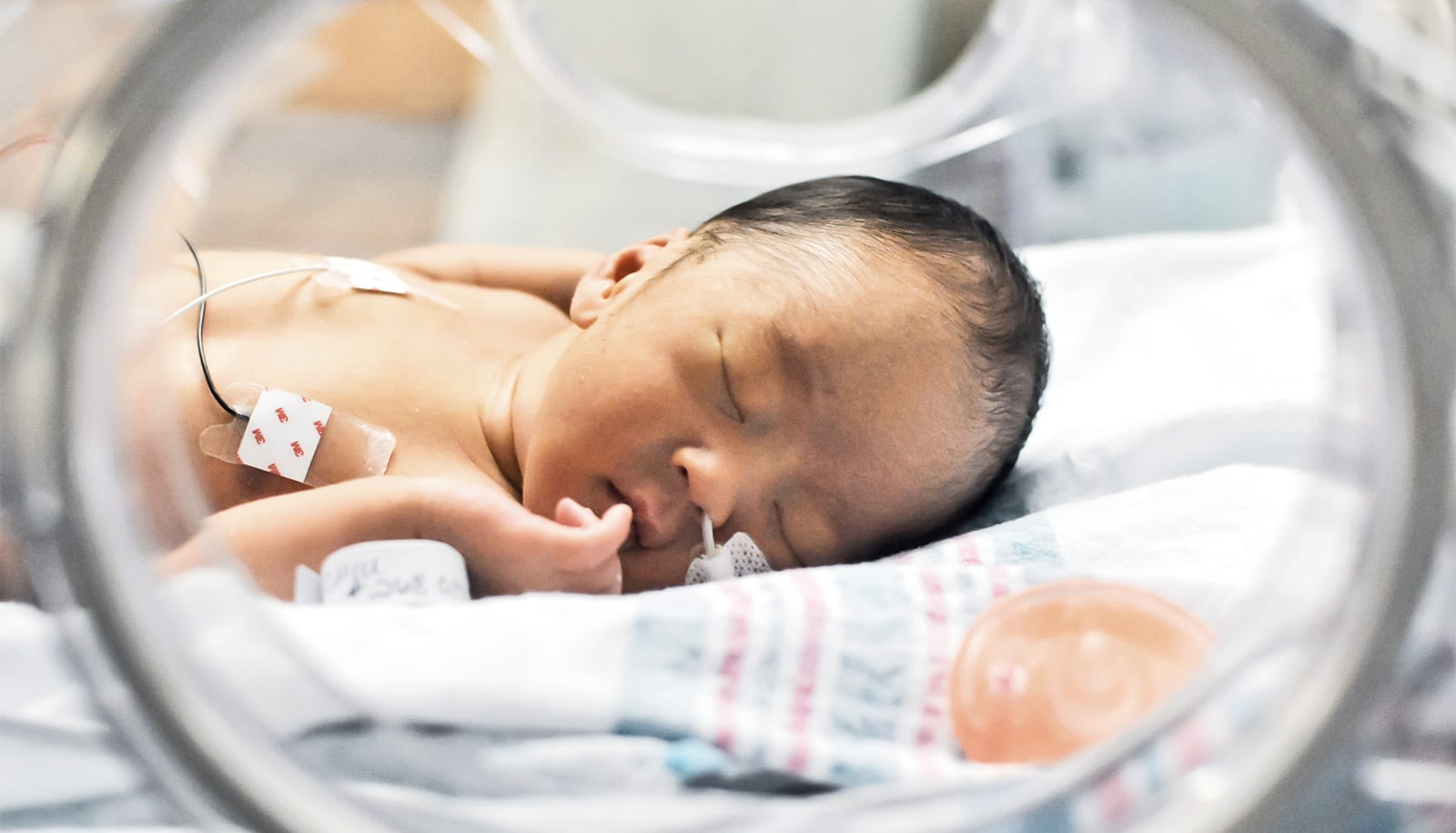Chronic angina patients who are optimistic about their recovery appear to have better outcomes, a new study shows.
The finding, to be presented at the American College of Cardiology annual meeting on March 10, adds to a growing body of evidence that a person’s state of mind can influence their physical health.
“People often stop doing things they enjoy—playing with grandkids, exercising—because they worry about the pain and fear they might have a heart attack.”
“Angina is a chronic pain condition and it severely impacts a person’s quality of life,” says lead author Alexander Fanaroff, co-chief fellow at the Duke University Clinical Research Institute. “People often stop doing things they enjoy—playing with grandkids, exercising—because they worry about the pain and fear they might have a heart attack.
“There’s limited evidence that’s the case, but if there’s a way to manage these negative feelings so that people can continue doing things that make them happy, it would greatly improve the quality of their lives and, potentially, their physical health.”
Fanaroff and colleagues analyzed data from RIVER-PCI, a large, multi-center clinical trial conducted by the DCRI and Columbia University. In RIVER-PCI, researchers randomly assigned chronic angina patients to receive a drug called ranolazine or a placebo pill. Patients in both groups had previously undergone a percutaneous coronary intervention that had not fully opened the blood vessels, and the researchers were testing the drug as a potential intervention to reduce the need for additional procedures or hospitalizations.
At enrollment in the trial, researchers asked patients how strongly they agreed with the phrase, “I am optimistic about my future and returning to a normal lifestyle.”
Of 2,389 patients in the trial, 33.2 percent strongly agreed with the optimism statement, 42.4 percent agreed, 19.1 percent were undecided, and 5.2 percent disagreed, indicating they were pessimistic. The researchers evaluated the unadjusted and risk-adjusted association between the patient’s optimism at enrollment and whether they needed another procedure or had to be hospitalized.
The rate of additional procedures and hospitalizations was higher in patients who expressed pessimism and those who were undecided (35 percent and 32.8 percent), compared with the most optimistic patients (24.4 percent). This finding persisted after adjusting for how sick patients were when they enrolled; the most optimistic patients had a lower prevalence of prior heart attack, heart failure, diabetes, and chronic kidney disease, as well as less severe angina to begin with than less optimistic patients.
Depressed people suffer chest pain more often
“The first thing you always want to be cautious about, when interpreting observational results, is that the most optimistic patients had fewer other problems, and that colors everything,” Fanaroff says. “But even when adjusted for better health, we still found that more optimistic patients were less likely to be hospitalized for angina or to need another revascularization procedure.”
Fanaroff says the findings suggest the need for a prospective trial designed to specifically measure how optimism affects outcomes for patients with angina, but until then, both patients and clinicians could look for ways to bolster optimism as they navigate the disease.
“As a clinician, if you can identify patients who are less optimistic for whatever reason—whether because their disease has made them despair, or there are comorbidities—maybe there is a way [to] talk to them that could help,” Fanaroff says.
“I hesitate to recommend any sort of intervention on the basis of observational data, but as a human being, it doesn’t cost you or society anything to assure chronic angina patients that there are medications and procedures that are helpful, and that it’s possible to have a normal life.”
In addition to Fanaroff, additional study authors are from Duke, Columbia University, and the Cardiovascular Research Foundation. Support for the study came from Gilead Sciences, Inc.
Source: Duke University



